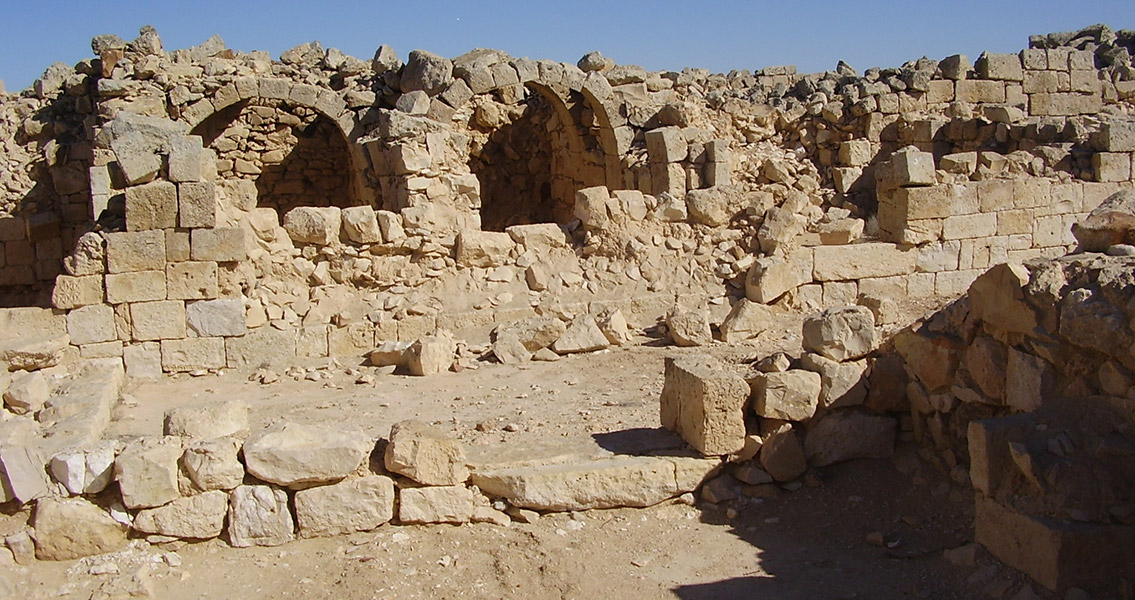<![CDATA[According to the Palestinian Tourism and Antiquities Ministry, the remains of a 1,500 year old Byzantine church may have been discovered in Gaza recently. The discovery was made during construction efforts, with both the workers and then archaeologists uncovering a total of fifteen pieces. Findings include a foundation stone, nearly a meter long, inscribed with a common symbol in Greek used to denote Christ. Other evidence unearthed includes several marble Corinthian-style pillars, one of which is almost three meters in length. In a press release, the Antiquities Ministry’s general director Jamal Abu Rida said that, based on these findings, the likelihood is indeed high that the site was either a church or a cathedral dating to the Byzantine period. The number of churches in the Gaza Strip at that time was high, as the Byzantine rulers were keen to erect as many as they could in the region, the general director added. The Roman period saw Gaza grow into a highly prosperous seaport, thanks to its diverse population including Persians, Egyptians, Jews, Romans and Greeks. The drive for building Christian churches during the latter years of the fourth century CE – something that persisted into the early fifth century CE as well – was precipitated by widespread destruction of pagan temples during this period. However, this trend came to an end with the conquest of Gaza in 637 CE at the hands of Amr ib al-As, a Muslim general. Islam soon spread through the region, resulting in a general abandonment of these older Christian churches. Abu Rida said that the site is doubtlessly of historical value. By his estimation, the now-ruined church could have been erected as early as 395 CE or as late as the latter days of the fifth century CE. For now, the site is still being investigated by archaeologists for more evidence of ruins. In the meantime, construction on the nearby shopping center, involving heavy machinery like diggers and bulldozers, continues unabated. If additional artifacts are discovered, it could lead to a halt in construction efforts, at least temporarily; Abu Rida said that the preservation of Palestinian history, both from before and after the spread of Islam in the region, is of the utmost importance. Gaza has been an epicenter of Mediterranean and Middle-Eastern history for centuries. The city has a long history as a center of trade for Crusaders, Romans, Philistines and Egyptians alike, and Gaza bears the telltale marks from not just modern conflicts but ancient ones as well; ruins dating from both the Islamic army 1,400 years in the past and the siege undertaken by Alexander the Great are still visible to this day. However, with only 40 excavators, the ministry has a limited ability to investigate and preserve archaeological artifacts. Several dig sites discovered in recent history were beyond the ability of the ministry to investigate effectively, said Abu Rida. The new site, which lies 10 meters deep and measures some 2,000 square meters total, requires exponentially more resources than the ministry has at its disposal, the general director added. Image courtesy of Wikimedia Commons user: ד"ר אבישי טייכר]]>
Remains of 1,500 Year Old Byzantine Church Found in Gaza
